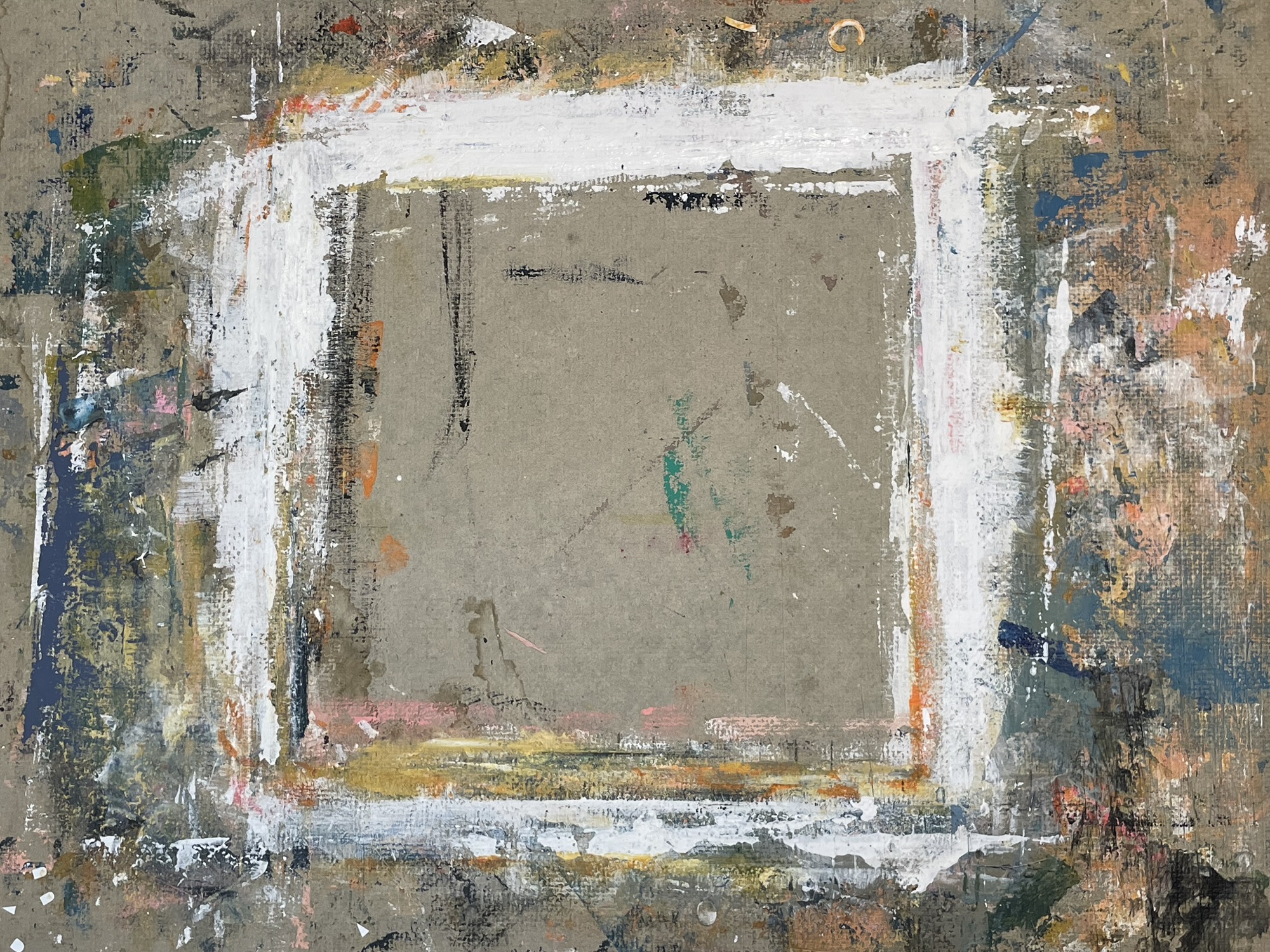I’ve been thinking about inconsistent art practice recently.
Consistency is something that receives a lot of attention in art making and it has obvious merits. The call to show up regularly for creative expression is valid. Prioritizing time for making in whatever form it might take is healthy.
There’s also a certain pressure for artists to be consistent in what we make. A pressure to develop a recognizable style and to reliably produce new work.
Even the well meaning consecutive 30, 100, 365 day art challenges place a value in repetition. These can be powerful in jumpstarting a creative pattern for many people or simply giving them a form of permission to make if something is holding them back. But they can also subtly tell us that more is better if we aren’t conscious to examine that.
Consistent art making can mean that some people are happier and more successful — whatever their measure of success might be — making art.
I don’t intend to make an argument that inconsistency is a better way to approach making art. But I think in some contexts it can have its own set of strengths.
I began thinking about inconsistency and its value because my own art making has been disparate recently. There are a variety of reasons for that and it has caused me to have a mixed set of intellectual and emotional responses.
To be very honest about this recent inconsistency, it came out of a conflict between two types of work of mine that I feel good about. That conflict was, in part, based on trying to balance the distinct differences in style, format, and response between the art work. It was also an inner conflict around how much is good enough?
I have shared drawings from an on-going series called Openwork. Those drawings are abstract and intuitive mixed media pieces based on play with layered hand drawn and collaged grids.


While working in those drawings, I also returned to work that I had made a few years ago. I designed and published a book called Imaginary Landscapes based on a series of intuitive watercolour paintings.


You can buy a copy of Imaginary Landscapes here.
I feel strongly about both of these projects and yet producing one in the midst of the other caused me in some ways to assume I was doing something wrong.
It’s very unlikely that anyone would look at the two series and know that both were made by the same person. That shouldn’t have any bearing on how I feel about them. But that sense that successful artists have a rigour that results in work that is clearly theirs’ snuck in and made me start to doubt both series. That’s also just how my psychology works sometimes, it’s hard for me to hold on to pride for too long before some form of self doubt snakes its way around.
I published the book and sold a few copies and had some truly kind reactions from people I didn’t know. That’s a success even if I look at the small remaining stack of books and my lizard brain says, “hmm but they didn’t all sell did they?”
While making the book, the Openwork series had to pause and then that pause dragged on a bit too long. And then good old lizard brain started in on those drawings. “Were they something? I thought they were something.” Seriously… lizard brain is a jerk.
So that fun ouroboros of self doubt got me considering consistency.
I have always been someone to jump around between styles and mediums. When I’m kind to myself I think of that as being part of a healthy intermedia art practice. When I’m not kind, it feels unfocused and scattered.
When I look back at those variations in types of art making, there were often reasons for the switch and what I made was what I could and possibly should make at the time. The paintings from Imaginary Landscapes came out of a specific and stressful family health situation. Their format fit our circumstances at the time and their connection to landscape and place came from a desire for those spaces that could only be resolved in imagination.
So in part because I am trying to coax myself back into the Openwork series and partially because I am trying to push back at the lizard brain, I have started to think of inconsistency as a strength.
Space between when I make creative work and seeming divergent forms of art can free me to explore. Allowing myself to create in fits and starts forces me to confront what the work is for. It brings up questions of audience and expectations.
We have all contributed to an online social/commercial system that we assume scolds us for our lapses in attendance. If we aren’t present and productive, we feel a sense that we are not living up to social contract we don’t remember signing. It’s a perversion of the Fear Of Missing Out… a fear of failing as a creative person. Fear of Disappointing. But disappointing who exactly?

Again, I’m not pointing an accusatory internet finger at people who are finding value and comfort in showing up in a consistent way. If it’s healthy for them, then it works. I’m actually trying to avoid pointing that finger back at myself.
I want to establish within myself the permission to not make. To shore up the boundary that what I make and when isn’t a measure of success. The time spent creating has enormous value but trying to quantify and expedite it doesn’t increase that value.
Do you thrive in consistency or inconsistency or possibly some liminal space between the two?
